- Kaifeng
- Temple of The Chief Minister
- The Iron Pagoda Park
- The Stele Forest of Hanyuan
- Kaifeng Fu
- The Dragon Pavilion
- The Memorial Temple of Lord Bao

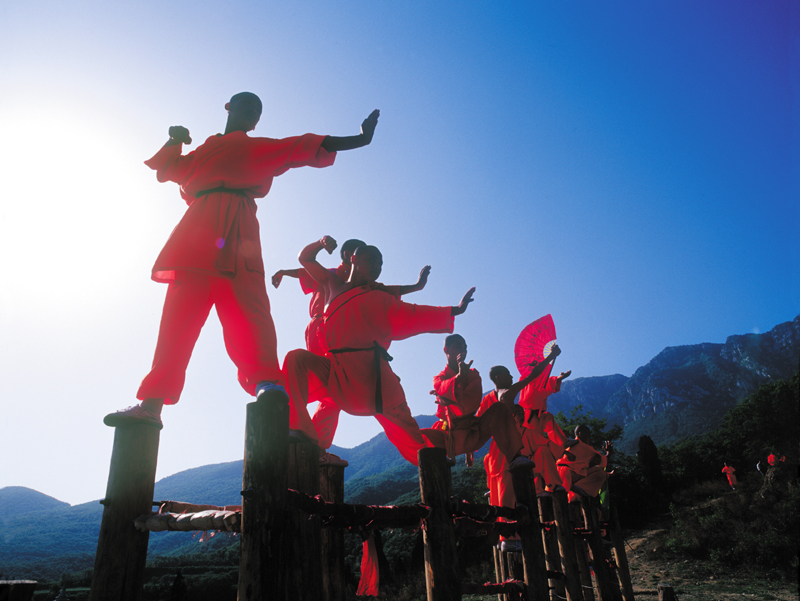 |
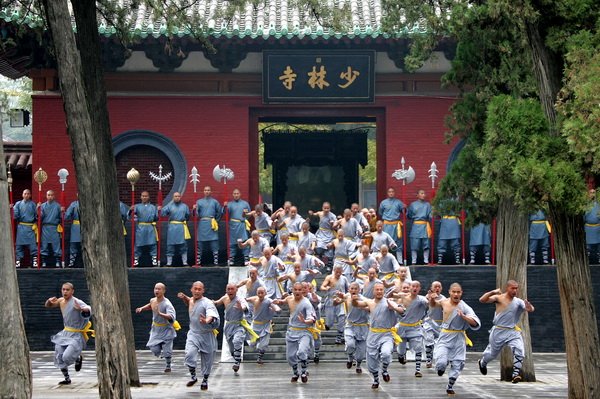 |
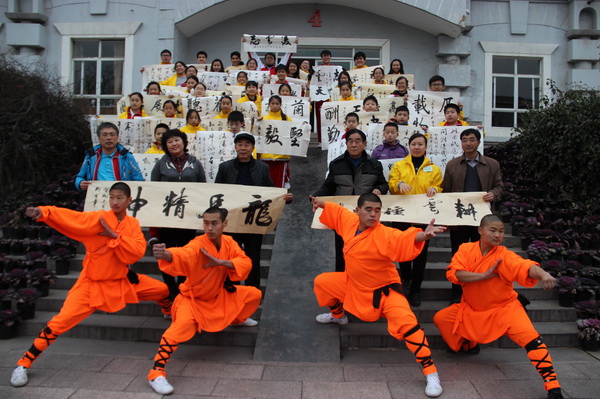 |
 |
|
Dragon Pavilion Park
As a famous scenic spot in the northern part of Kaifeng, the Dragon Pavilion actually is not a pavilion but a great hall built on a huge gray brick base of 13 meters in height. The park, centered with the Dragon Pavilion, is the largest sightseeing zone in Kaifeng City, with an area of more than 80 hectares, over half of which is covered with beautiful lakes and rivers. It is such a famous tourist resort, both at home and abroad, that almost all the tourists to Kaifeng will list it in their itineraries.
The present Dragon Pavilion is reminiscent of the pattern and style of construction of the Longevity Palace of the Qing Dynasty, which consists of the Wumen Gate, Yudai Bridge, Chaomen Gate, Dragon Pavilion, relics of the imperial arch and the east and north gates, and the Stele Pavilion; in addition to the Yangs’ Lake and Pans’ Lake, Spring Garden, Miniature Garden, Botanical shaping Garden, corridors and pavilions. The Great Hall of The Dragon Pavilion sits towards the south on a thirteen-meter high terrace, along with eight wing rooms on each side, forming a complex construction of halls. It also comprises the first waxwork museum in China with 63 figures, vividly sculpted. Along the imperial road are the Yangs’ Lake to the west and the Pans.
The Dragon Pavilion was once a part of the imperial palace of the Northern Song Dynasty, built on the site of a waste coal hill in the back garden of the former “Prince Zhou’s Mansion”. In the 16th year (1659) of the Emperor Shunzhi Period of the Qing Dyansty, the imperial memorial hall was established; in the 31st year (1692) of the Emperor Kangxi Period, a memorial tablet of the emperor was placed in the newly built pavilion on the coal hill for both the provincial officials to greet and pay their respect on important occasions. Since emperors in ancient.
|
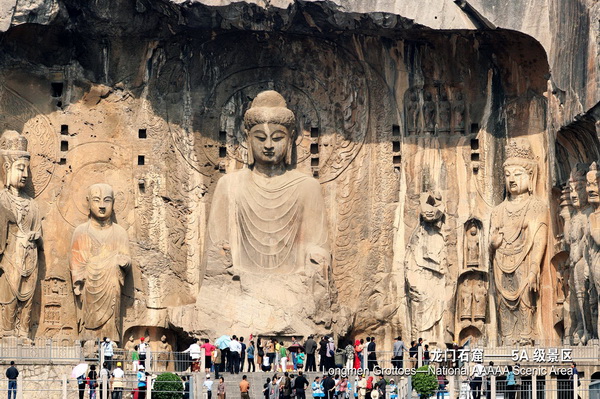 |
||
 |
|||
 |
|||
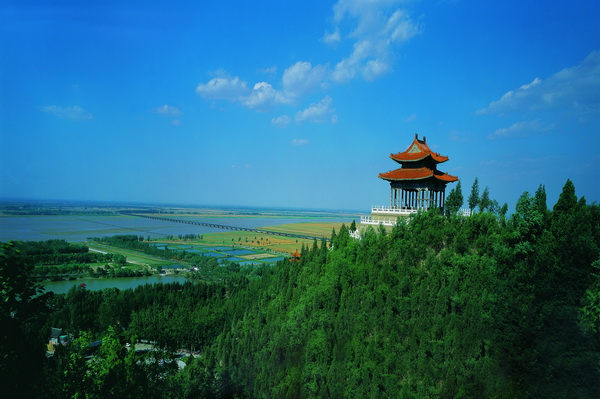 |
|||







